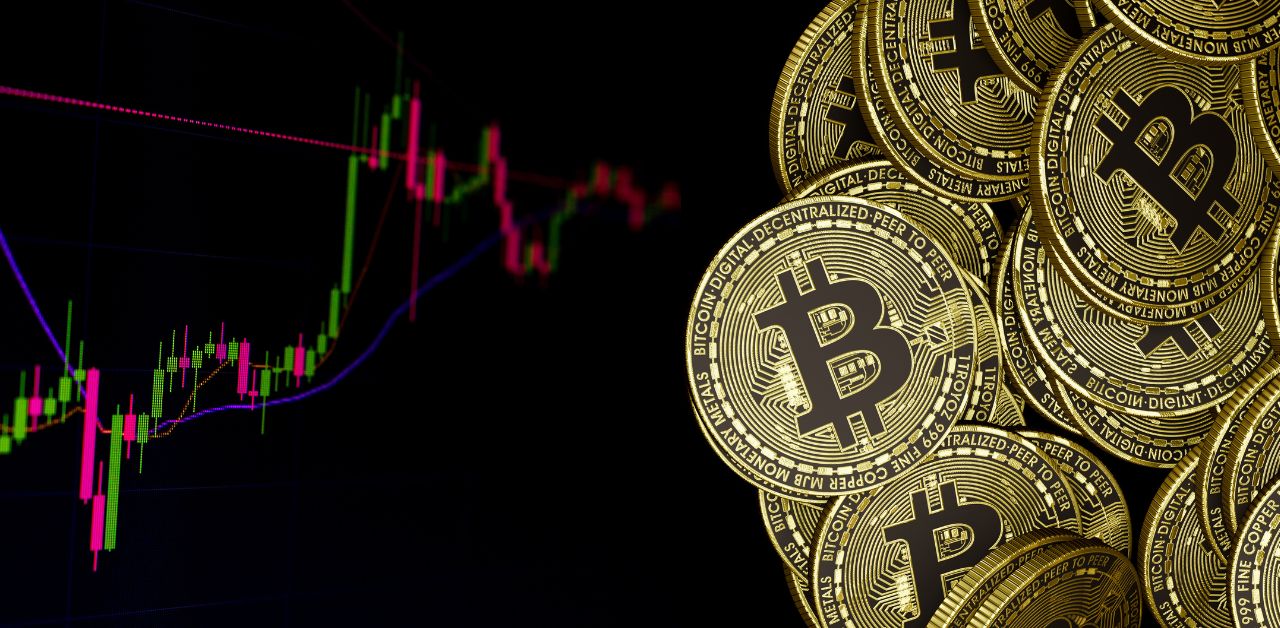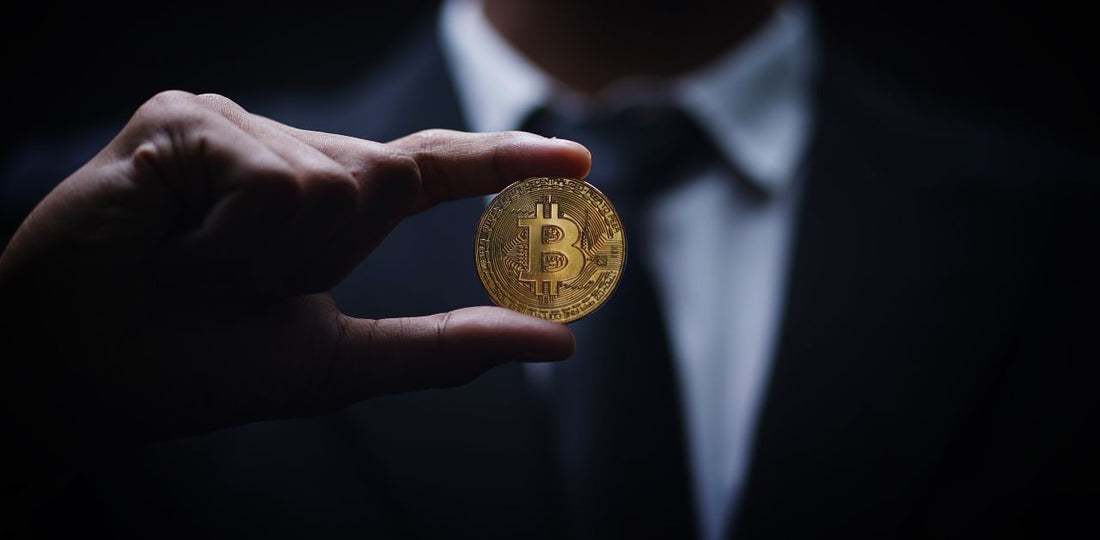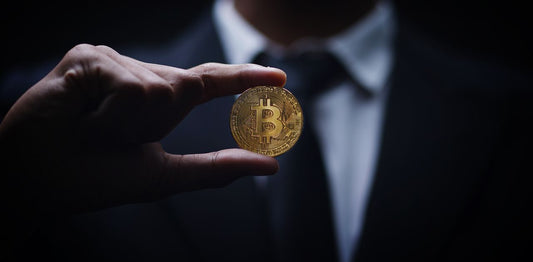Every four years, on the halving day, the amount of new Bitcoins created gets cut in half. Here's a quick guide on this process and how it affects investors.
What is the Bitcoin Halving?
If the Federal Reserve wants to add or remove dollars from circulation, it can. But with Bitcoin, the supply schedule is set in stone.
Changing Bitcoin's monetary policy would require a big effort and mass-scale acceptance from the community.
In a Bitcoin halving, the number of new Bitcoins that are made gets cut in half. The reward given to miners securing the network is reduced by 50%.
Currently, the amount has gone from 6.25 Bitcoins mined every 10 minutes to about 3.125.
Theoretically, this process keeps going until all 21 million coins have been mined (around the year 2140).
Satoshi Nakamoto coded halving into the Bitcoin protocol as a way of limiting the total supply, increasing its scarcity.

Is The Halving Worth It?
Bitcoin scarcity can help drive up demand and potentially increase the price. This could lead to huge gains for investors. Historically, Bitcoin's price has surged after each halving.
Halvings encourage miners to secure the network and validate transactions. This can help boost the security of the Bitcoin network.
On the flip side, miners rely on block rewards and transactions. Decreasing the number of rewards could convince some miners to leave the network.
With fewer miners available, it could also weaken the network's security, making it more vulnerable to attacks.
Bitcoin halvings lead to more volatility, which could be a problem for investors who prefer a more stable asset.

Should Investors Be Worried?
Bitcoin halving is a programmed and planned event. Investors shouldn't be too concerned, but they should stay well informed.
Since block rewards are decreasing, there will be more competition from investors to have their transactions included.
More competition could lead to higher transaction fees. This could determine how much investors are willing to risk.
Miners should have backup plans in place if they don't want to lose out on rewards.
And investors should always keep up with any price changes, updates, and security breaches.
Stay vigilant when protecting your crypto! Try FLOW to boost focus and concentration throughout your day.
















